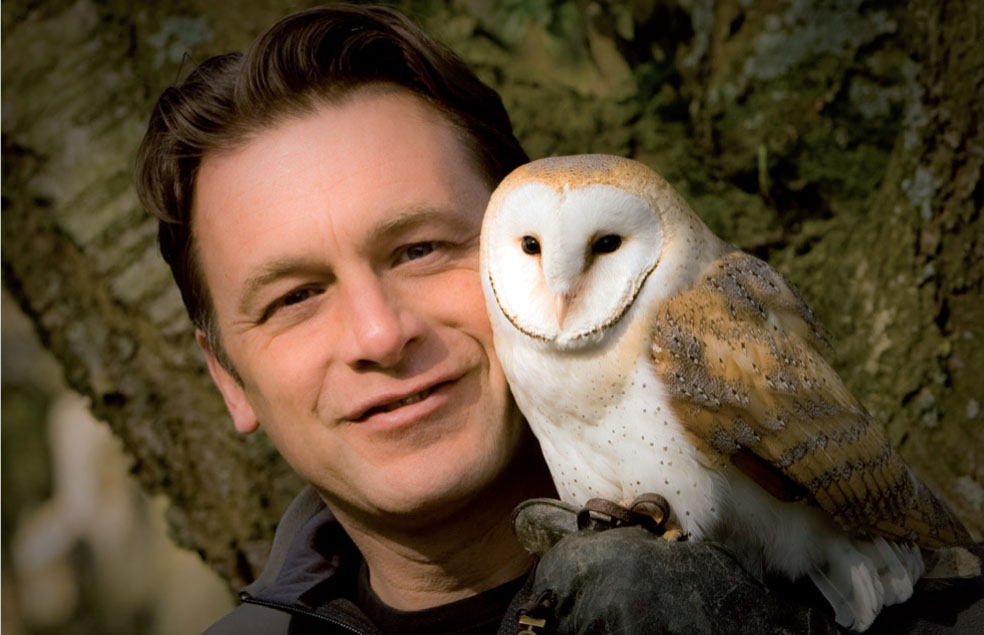
Foreword

When it comes to gardening for wildlife, it’s up to you: you can do a little or you can do a lot. But what’s important is to realise that everyone can do something for the wildlife that shares our gardens. And if everyone does their bit to help it really can make a difference.
Much of the UK’s wildlife is having a tough time in the so-called ‘countryside’. While conservationists work tirelessly to address conflicts and concerns, you can support their endeavours by trying to improve your own space for as many other species as possible.
So many of us in Britain are lucky enough to have access to a garden and these spaces already represent an incredibly valuable refuge, where many plants and animals have successfully adapted to prosper alongside us. It seems only right if we all try to enhance the space we have, to make sure it adds to the health of our world rather than detracting from it.
Adrian’s book takes a very realistic, pragmatic and contemporary outlook on gardening for wildlife. This is a modern book for the modern naturalist and gardener, and it is a rich treasury of the information required to succeed in modest or ambitious plans. It provides the biological knowledge you need and sows plenty of original and imaginative ideas.
The calendar will keep you on your toes, the myth busting is fabulously reassuring, and the plans for small-scale habitat creation are very tempting and practically simple. Who wouldn’t want to make their very own mini-cornfield?
Things might seem rosy in your garden already, but the wild world is a tough place to be, so please use this exciting new book to help conserve as much life as possible, and then you, your friends or family can all enjoy a healthier, wealthier community.

Chris Packham
P.S. Gardening for wildlife requires a bit of tolerance too, because it takes all sorts to make the world go round. Snails, slugs, wasps, flies, ants… they are all there to do their ‘jobs’ and without them your garden would be a poorer place. Try to avoid the ‘P’ word if you can; often it’s humans who are the real ‘pests’!